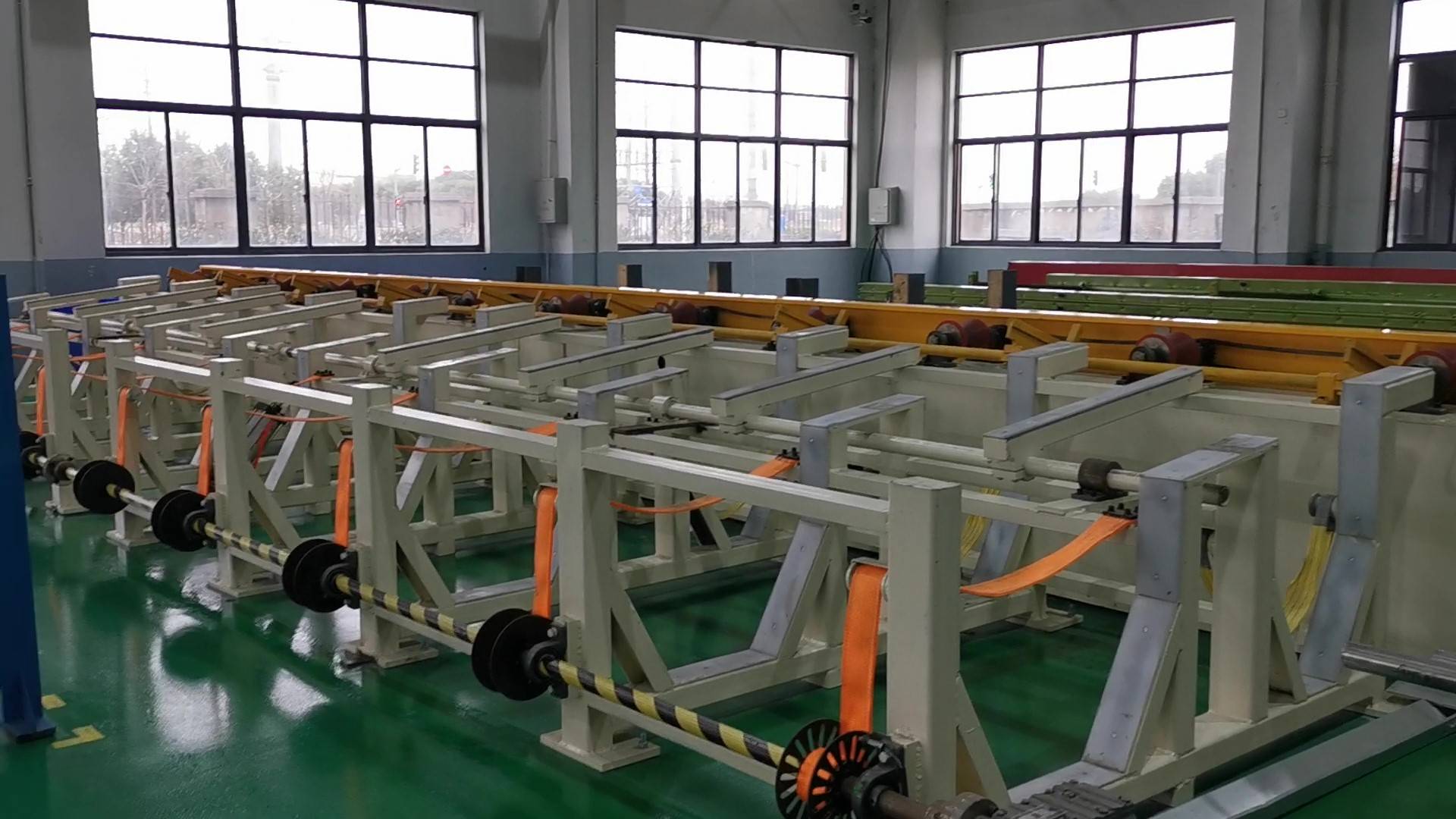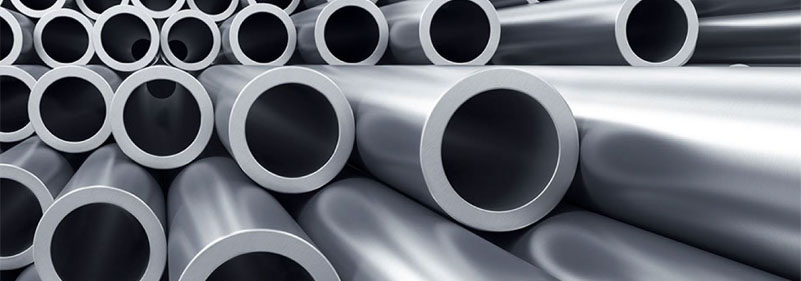NDT Method: Eddy Current Testing
Based on the principle of electromagnetic induction, the nondestructive testing method is called nondestructive testing, which can nondestructive evaluate some properties of conductive materials and their workpieces by detecting the change of induced eddy current in the tested workpieces, or find defects. In industrial production, eddy current testing is one of the main means to control the quality of various metal materials and a few non-metals (such as graphite, carbon fiber composites, etc.) and their products. Compared with other nondestructive testing methods, eddy current testing is easier to realize automation, especially for profiles such as tubes, rods and wires.
Eddy current test (ET) is that when the conductor is put into the changing magnetic field, due to the induced electric field of the vortex around the changing magnetic field, the induced electric field acts on the free charge in the conductor, causing the charge to move and form eddy current. If the metal workpiece has defects, it will change the intensity and distribution of eddy current field and change the coil impedance. Detecting the change can judge whether there are defects.

Characteristics of eddy current testing
Advantages
1. During detection, the coil does not need to contact the workpiece or coupling medium, so the detection speed is fast.
2. It has high detection sensitivity for defects on or near the surface of the workpiece, and has good linear indication within a certain range, which can be used for quality management and control.
3. It can be tested at high temperature, narrow area of workpiece and deep hole wall (including pipe wall).
4. It can measure the thickness of metal coating or non-metallic coating.
5. It can test non-metallic materials that can induce eddy current, such as graphite.
6. The detection signal is an electrical signal, which can be digitized for storage, reproduction, data comparison and processing.
Shortcomings
1. The object must be a conductive material and is only suitable for detecting metal surface defects.
2. When the through coil is used for ET, the specific position on the circumference of the defect cannot be determined; Rotating probe type et can be positioned, but the detection speed is slow.

Application of eddy current testing in petrochemical industry
Eddy current testing technology is used for in-service and pre service testing of non-ferrous and ferrous metal pipes (such as copper pipe, titanium pipe, stainless steel pipe, boiler four pipe, etc.) in power plants (thermal power plants, nuclear power plants), petrochemical (oil fields, refineries, chemical plants) and other fields. Intergranular corrosion, wall thickness thinning and outer wall wear of pipes can be reliably detected. All kinds of pipes of Mtsco will also be subject to eddy current nondestructive inspection before delivery to ensure the quality of pipes. The interference signals of support plate and tube plate can be effectively removed in the detection. Acoustic pulse detection technology can be used for rapid detection of various metal or non-metal pipelines; Metal magnetic memory technology is used to diagnose the early damage of ferromagnetic parts of in-service equipment.

 English
English 中 文
中 文 Español
Español Português
Português Deutsch
Deutsch Türk
Türk Pусский
Pусский عربي
عربي 한국인
한국인 日本語
日本語
